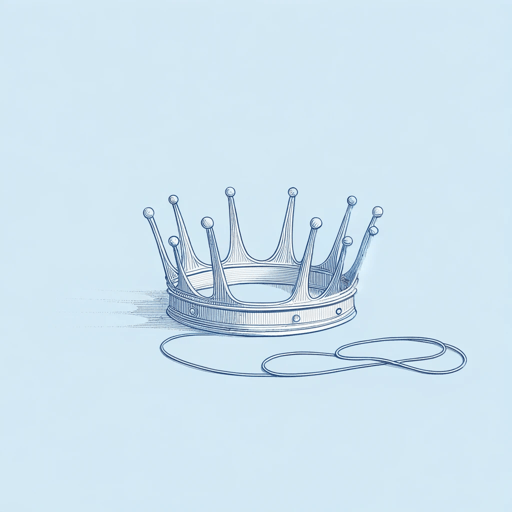18 pages • 36 minutes read
William ShakespeareSonnet 1
Fiction | Poem | Adult | Published in 1609A modern alternative to SparkNotes and CliffsNotes, SuperSummary offers high-quality Study Guides with detailed chapter summaries and analysis of major themes, characters, and more.
Symbols & Motifs
Rose
The motif of the rose develops the theme of The Power of Beauty. In the poem, the rose is a symbol of the typically fleeting but attractive and “sweet” (Line 8) physical ideal embodied in the young man Shakespeare addresses. Describing his wish for the addressee to live forever, the speaker praises his “beauty’s rose” (Line 2).
In the 1609 edition of the sonnets, the word “Rose” is always capitalized, while in “Sonnet 1,” it is also italicized. The editors of the Norton Shakespeare note that these formatting choices by the publisher signal to the reader that the rose “is the poet’s name for the object of his desire” (Page 1946).
The floral metaphor returns later in the poem as the speaker cautions the young man not to “Within thine own bud buriest thy content” (Line 11). In this line, the speaker argues that if the young man does not have children, his beauty will be stifled and not allowed to fully bloom—hidden in the bud of his own life, rather than shared with the world.
Related Titles
By William Shakespeare

All's Well That Ends Well
William Shakespeare

A Midsummer Night's Dream
William Shakespeare

Antony and Cleopatra
William Shakespeare

As You Like It
William Shakespeare

Coriolanus
William Shakespeare

Cymbeline
William Shakespeare

Hamlet
William Shakespeare

Henry IV, Part 1
William Shakespeare

Henry IV, Part 2
William Shakespeare

Henry V
William Shakespeare

Henry VIII
William Shakespeare

Henry VI, Part 1
William Shakespeare

Henry VI, Part 3
William Shakespeare

Julius Caesar
William Shakespeare

King John
William Shakespeare

King Lear
William Shakespeare

Love's Labour's Lost
William Shakespeare

Macbeth
William Shakespeare

Measure For Measure
William Shakespeare

Much Ado About Nothing
William Shakespeare

